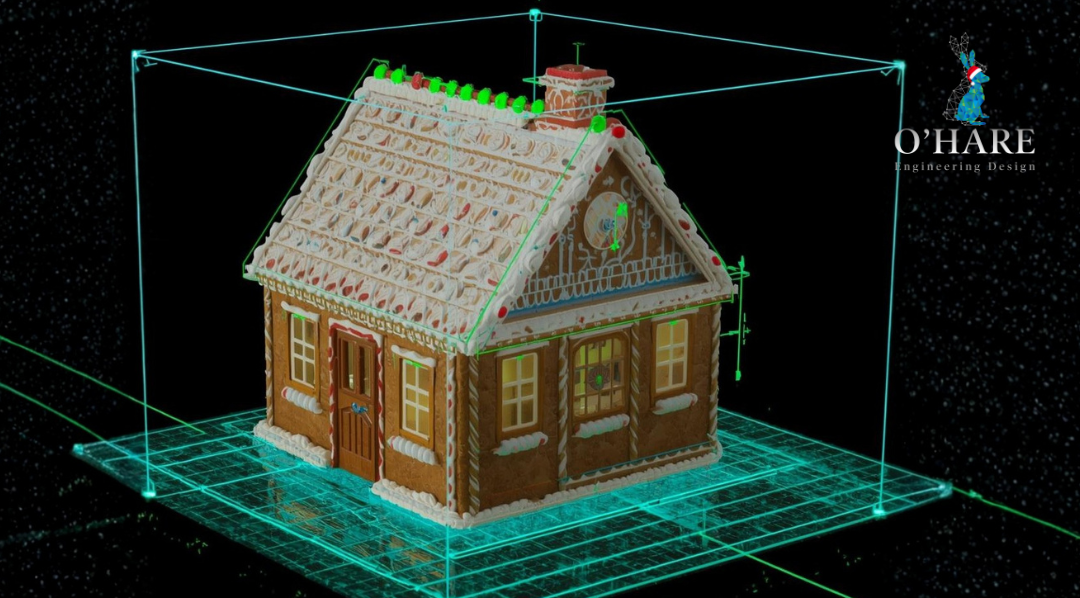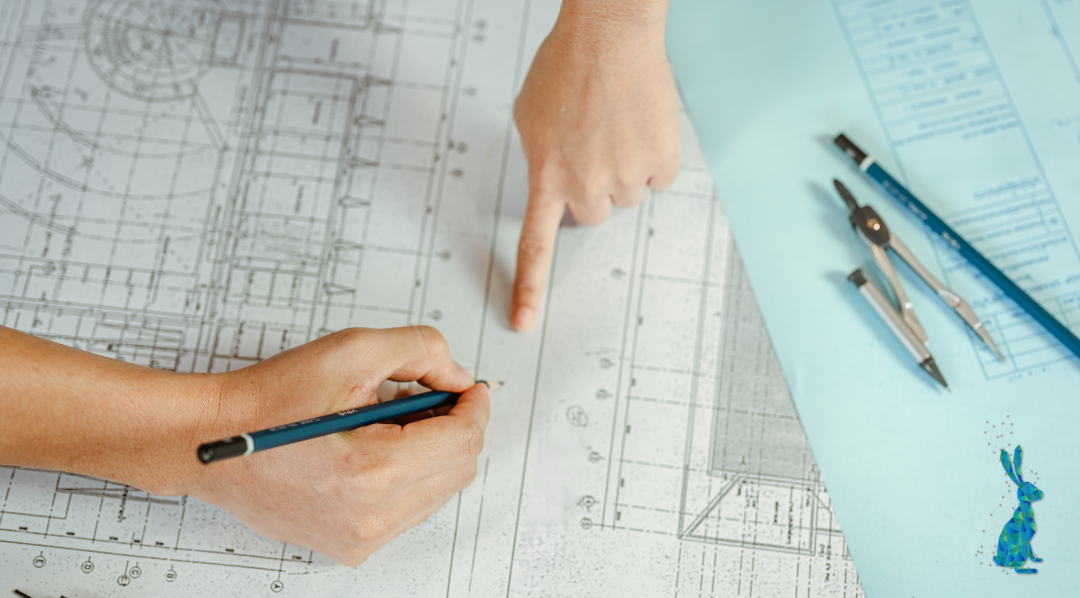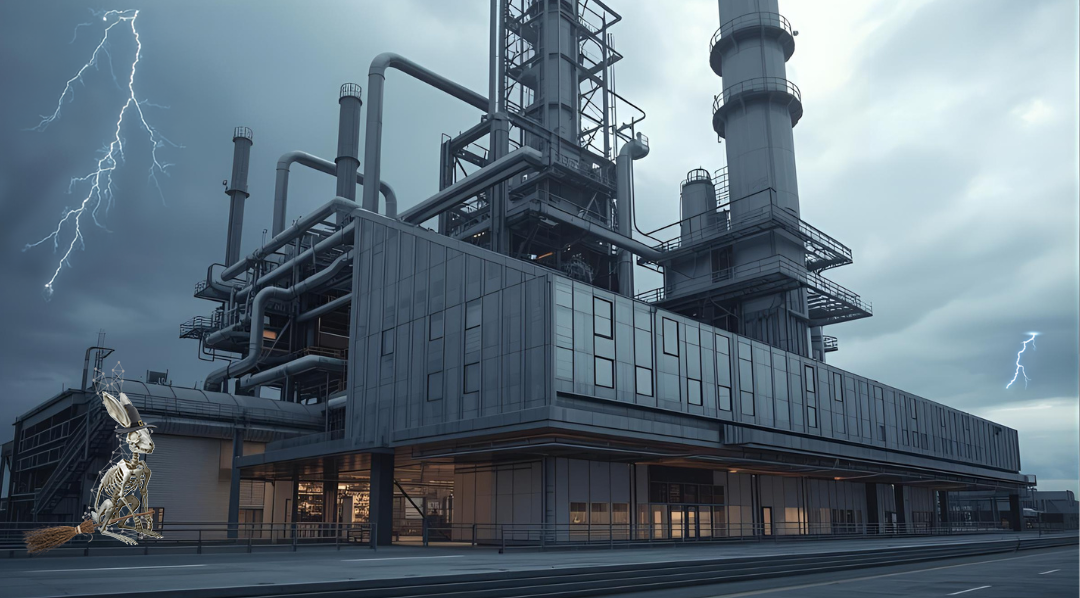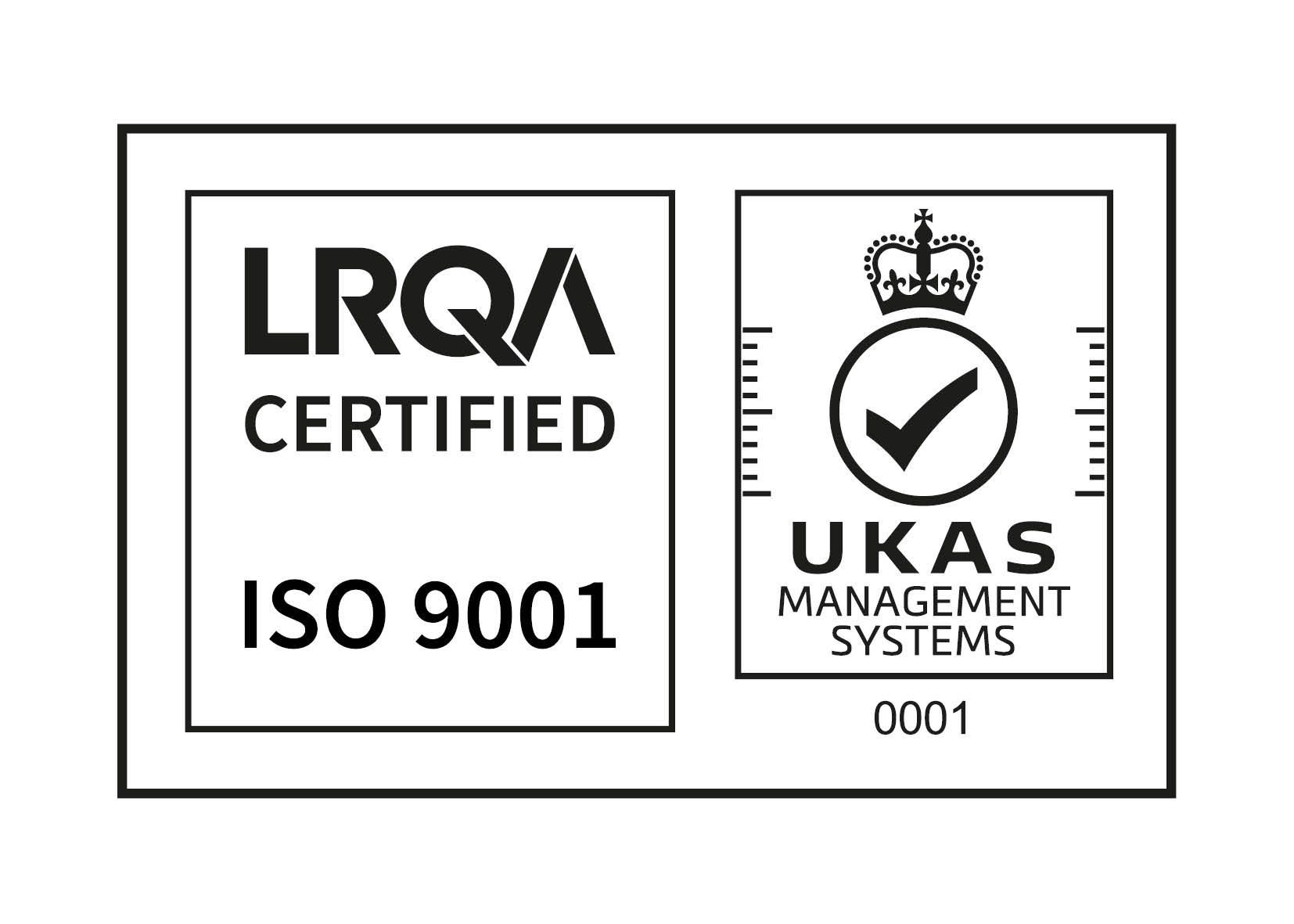Using Redundancy In Engineering Design To Avoid Cracking Under Pressure
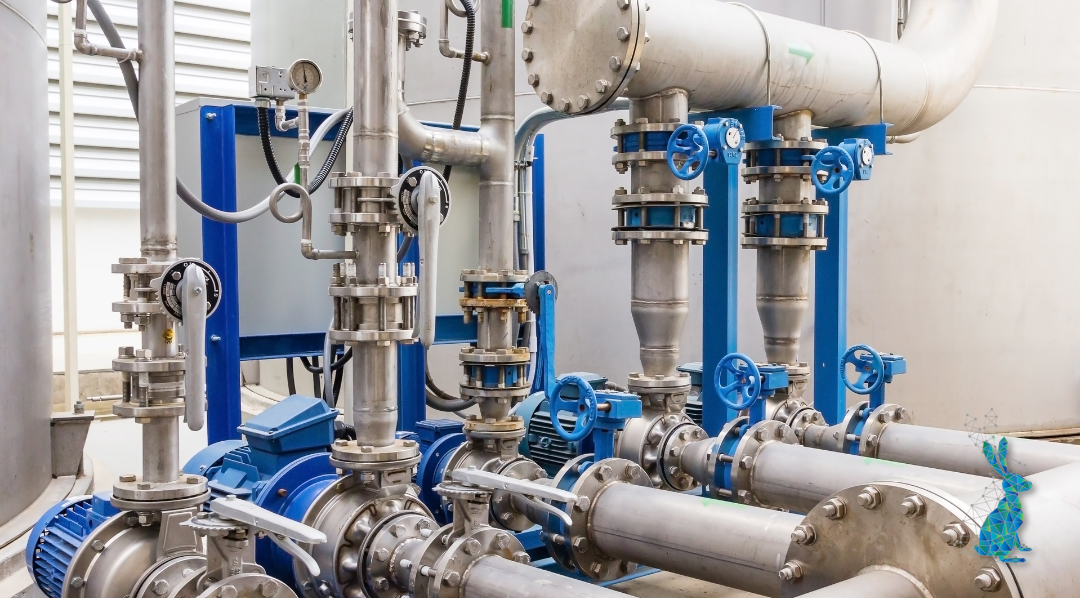
Using Redundancy In Engineering Design To Avoid Cracking Under Pressure
Date: 22nd March 2024
We've all heard the saying ‘Don't put all your eggs in one basket.’ It's a simple reminder to diversify and avoid relying on a single source for something important. This principle is just as crucial in the world of chemical plants, where safety and efficiency are essential.
It’s like trying to balance a tray of 36 eggs along with 6 bags of shopping to avoid doing a second trip to the car. Once you get the right set-up, it works fine, until you trip over the doorway, fall over the dog or (depending on how long the drive is) your arm gets tired and starts to shake. In the best-case scenario, you might save a few eggs with a quick catch. However, if all your eggs were in that one basket, the outcome wouldn't be pretty.
Chemical plants face similar risks, but they handle potentially hazardous materials and complex processes instead of fragile eggs. That's where redundancy comes in – it's the engineering equivalent of carrying a sturdy basket for your eggs, a safety net that ensures smooth operations even if a component fails.
Redundancy in action
In a chemical plant, redundancy means having backup systems in place for critical functions. These could be:
- Backup pumps: If a pump malfunctions, a secondary one kicks in to keep the flow of chemicals uninterrupted.
- Secondary containment: In case of a leak, a secondary wall or structure prevents environmental contamination.
- Dual control panels: Having two control panels allows operators to maintain control even if one system fails.
Redundancy isn't just about safety, it's about efficiency too. A single equipment failure can halt production, costing time and money. Redundant systems minimise downtime, keeping your plant running smoothly.
However, just like our overflowing basket of eggs, redundancy isn't without its challenges. Building and maintaining these extra systems adds to the initial investment in the plant and increases ongoing operational costs. Additionally, managing multiple systems requires careful planning and skilled personnel to ensure everything functions seamlessly.
The key lies in finding the right balance. Critical processes might require extensive redundancy, while less vital functions could benefit from a simpler approach. This is where a design engineer can be worth their weight in gold on a project. An experienced engineer will be able to carefully evaluate risks and costs to determine the optimal level of redundancy for each system.
If you're interested in finding out more about specific redundancy systems used in chemical plants or best practices for implementing redundancy, feel free to get in touch with one of our engineers today at enquiries@ohare-eng.co.uk.

